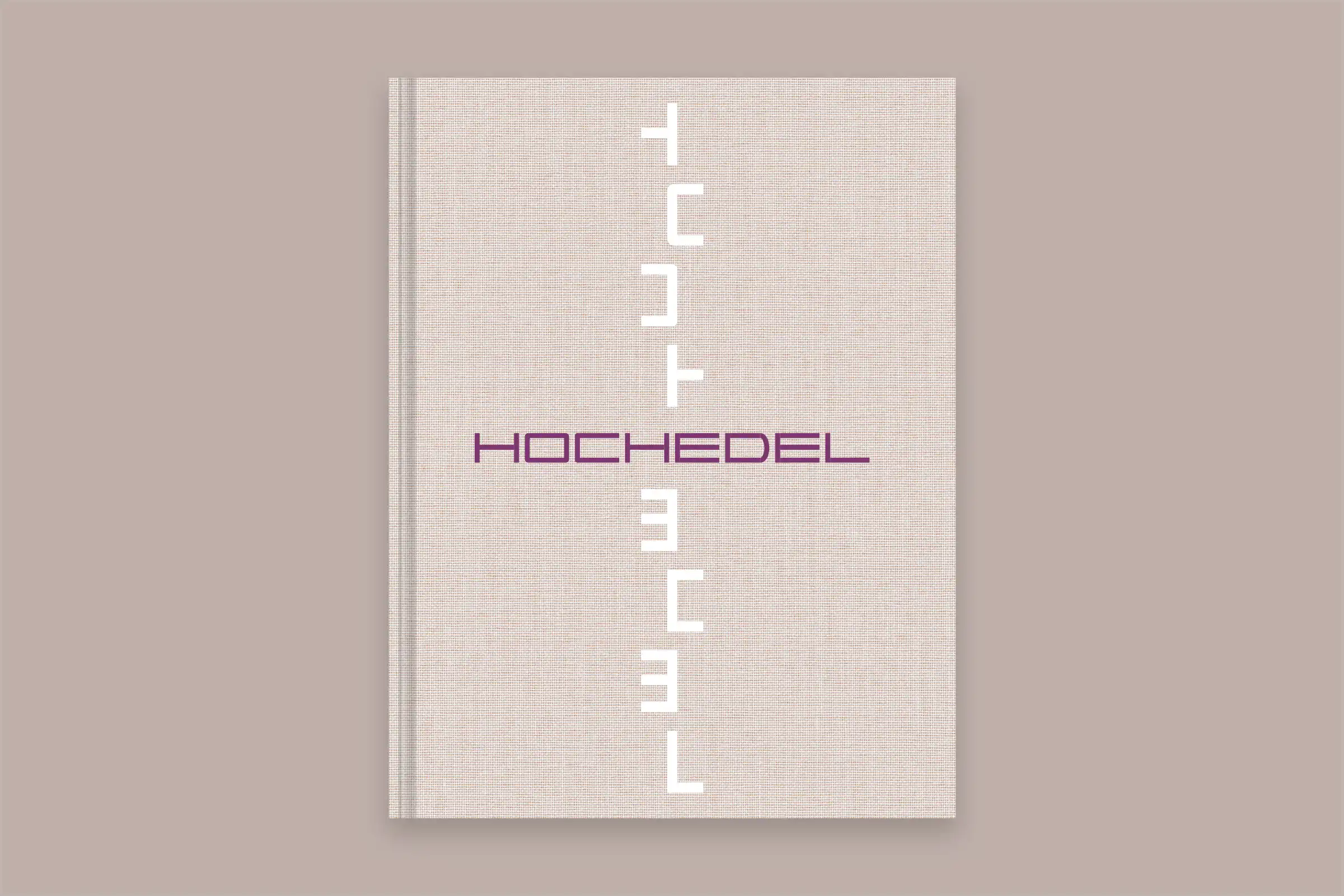
In order to offer all sneaker aficionados an alternative to over-production and wastage, Catherine Meuter and Stefan Mathys have steered their passion for sporty shoes in a new direction. With a combination of very high-quality production, the highest levels of wearability and a respect for people and the planet, they have succeeded in creating a self-repairable shoe that fulfils all expectations of trendiness and style with its modern design. This eco-innovation means that the sneakers last three times longer than conventional brands – that is sustainable development par excellence. With VYN’s sneaker system, you can replace the shoe parts you use the most – and therefore wear out first – by yourself thanks to a simple click mechanism on the frame. These are primarily the heel and the heel counter. At the same time, you are making a fashion statement because sustainability should naturally be fun and have a personal touch. The two VYN founders have therefore developed a range in which the heel and collar are available in several trendy colours that can be combined whichever way you like: from discreet olive or natural to deep navy or flame to jazzy yellow or red. Mix and match however you like. With the VYN sneakers it’s therefore not only possible but also desirable to make a statement with your own personal style. Take a peek under the heel and you will read the cheeky words 'No more heel drag' that communicate a subtle message against scuffing. For the upper material and lining, VYN decided to use calfskin from certified, sustainable production in Germany and Italy. Its properties are simply unbeatable: durable, breathable, comfortable and moisture-regulating. The insole also contains cushioning antibacterial cork from Portugal. For the upper, you can choose between smooth leather in the colours off-white, brown or taupe and suede in the colours stone and navy. Or you can get hold of the VYN One Edition in off-white or black, exclusively available in Switzerland. This variability and all the different options to choose from establish a relationship between the wearers and their shoes. They create personalisation and add value to the product.
Until now, the topic of sustainability in shoes has mostly referred to the use of recycling materials; VYN is the first brand to consider all the 'life stages' of a sneaker holistically. Instead of the linear manufacturing processes of fast fashion in which new products have to be produced all the time, VYN has a circular way of thinking and acting – a closed-loop system without wastage. The VYN creations are produced in an Italian family-run factory according to demand and independent of fashion seasons. A further element in the overall vision pursued by Catherine Meuter and Stefan Mathys is the ability to replace worn parts of the shoe, which avoids having to throw them away. Another step has already been taken: for all VYNs you can order a care set and shoe tree made of cedar wood as accessories, because taking care of your shoes will significantly extend their lifetime – it’s that simple. They will soon be introducing a repair service, which you can use to get your shoes resoled. The result? A pioneering wear-care-repair system that means a pair of sneakers will last several lifecycles. This renewable approach makes VYN a trendsetter in the industry. And as if that wasn’t enough: there’s also an 'end of life' solution for the shoes. Together with a partner, a disassembly and recycling system is being developed which returns all components back into the cycle. Further sustainable innovations can be expected.








